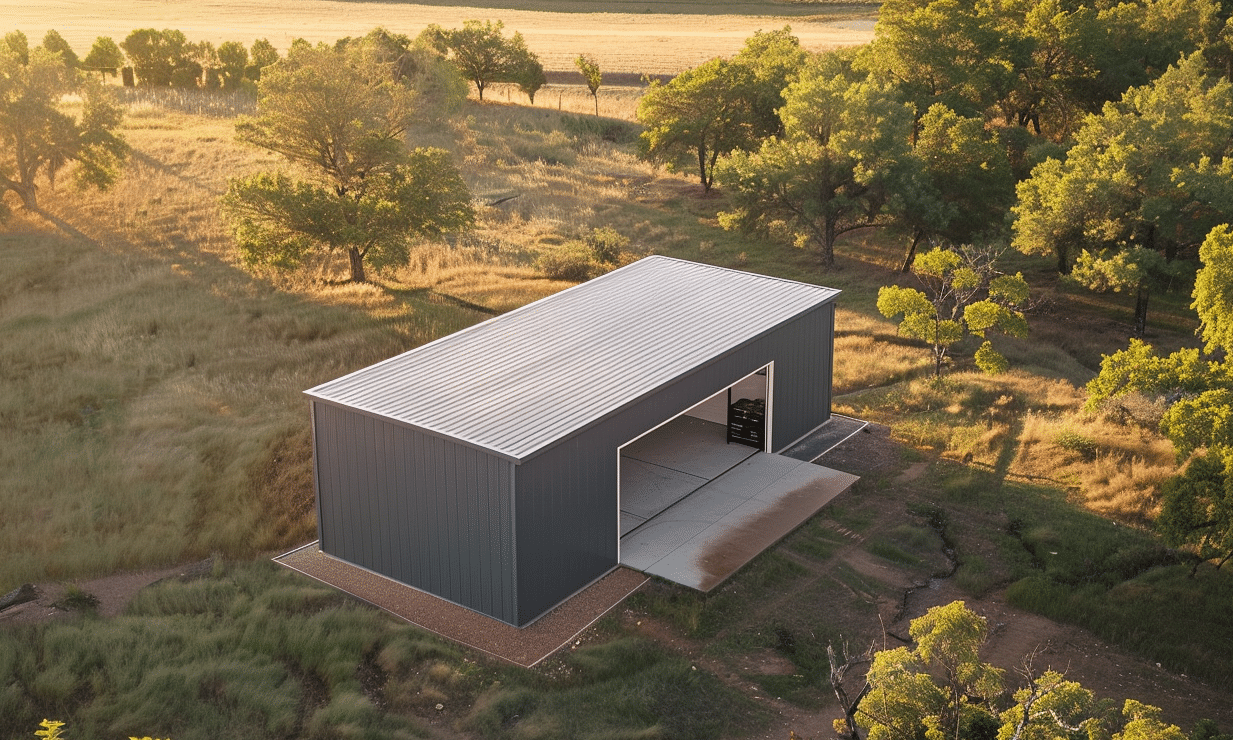Embarking on a journey of DIY garden design can be as rewarding as planting seeds and watching them bloom. Imagine transforming your backyard into a relaxing oasis—a retreat where stress fades away, and nature takes the spotlight. But how do you begin such a creative endeavor? Dive into this comprehensive guide to crafting a personal paradise right outside your door.
Getting Started: Visualizing Your Space
A seamless DIY garden design begins with a vision. Close your eyes and think about your ideal outdoor sanctuary. Is it filled with vibrant flowers, winding pathways, or perhaps a serene water feature? This imaginative exercise sets the stage for your garden transformation.
How do you bring this vision to life? Start by sketching a rough layout, keeping in mind the scale and dimensions of your space. Take inspiration from these backyard landscaping ideas that cater to various tastes and aesthetics. Remember, the goal is to complement your lifestyle and enhance tranquility.
Assessing the Terrain
Before diving into planting, you need to assess the land’s current condition. Are there existing trees or plants you wish to preserve? Consider the sun, shade, and drainage patterns. Recognizing these elements helps tailor your DIY garden design to the space’s unique characteristics.
It’s also wise to consider features such as your proximity to garage buildings. These structures can serve dual purposes, offering both storage and aesthetic structure to your garden layout.
Design Principles for a Harmonious Oasis
Implementing a well-thought-out design is pivotal for an inviting garden. Here are some principles to consider:
Balance and Symmetry
Much like an artist balances colors on a canvas, balance in garden design involves distributing visual weight evenly. Symmetry, as part of balance, provides order and calmness. This could mean mirroring plant arrangements or using identical garden structures on either side of a central path.
Contrast and Interest
Incorporate contrasting colors, textures, and forms to add interest and keep the eyes wandering. Pair soft, wispy ferns with hard, bold stones or vary plant heights for depth. Your garden should be a place of exploration, filled with surprises around each corner.

Cohesion with Structures
Structure and nature can coexist beautifully. Consider how your garden design connects with existing elements such as a tool shed or residential construction elements of your home. A pergola or trellis can link your garden’s aesthetic with the architecture of your living space.
The Art of Plant Selection
Choosing plants is both a science and an art. Start by selecting flora compatible with your climate and soil. Native plants are excellent choices as they are adapted to your region’s conditions, requiring less maintenance and water—a boon for sustainability enthusiasts.
But how do you choose from endless possibilities? Think about the mood you wish to evoke. Perhaps lavender bushes line pathways to infuse calming scents, or vibrant sunflowers stand tall, infusing cheer and positivity into your garden.
Seasonal Planning
For a garden that delights year-round, include a variety of plants that bloom in different seasons. Transitioning colors and textures throughout the year keeps your garden vibrant and ensures there’s always something new to enjoy.
Check out this guide on Outdoor DIY projects to enhance your garden design, ensuring that it remains timeless and ever-evolving.
Wildlife-Friendly Choices
Consider planting flora that invites beneficial wildlife. Bees, butterflies, and birds play vital roles in your garden ecosystem. Opt for pollinator-attracting plants like zinnias and cosmos, and delight in the activity of buzzing and fluttering visitors.
Adding Elements of Relaxation
A garden, after all, is a sanctuary to relax in. Incorporate elements that enhance this feeling of calm and repose.
Water Features
Water elements can transform a space. The soothing sound of a small fountain or the calm sight of a reflective pond introduces a Zen quality to your garden, making it an irresistible spot for meditation.
Seating and Hangout Spots
Create intentional spaces for relaxation with comfortable seating arrangements. Whether it’s a swing chair or a rustic bench, having a favorite spot to unwind adds to the overall charm. Berth these around your garden features for a truly immersive experience.

Maintaining Your DIY Garden Design
Once your garden is in bloom, maintenance becomes the lifeline that sustains its beauty. Here are some tips to keep your oasis thriving:
Regular Upkeep
A regular schedule of watering, weeding, and pruning is essential. Make it part of your lifestyle, perhaps as a morning ritual to enjoy the quiet peace of your garden. This regular care keeps plants healthy, preventing issues before they arise.
Eco-Friendly Practices
Embrace sustainable practices like rainwater harvesting or composting. It’s not only good for the environment but also enriches your garden organically. Recycling nutrients back into your garden exemplifies nature’s cycle of life.
Need more ideas for your green thumb? Check out Canadian Gardening – Garden Design Ideas for inspiration tailored to various Canadian climates.

Conclusion: Your Personal Retreat Awaits
A meticulously planned DIY garden design is more than just aesthetics; it’s an investment in your mental and emotional well-being. Whether you dream of colorful blooms, a harmonious layout connecting to your garage buildings, or eco-friendly practices, your backyard is your canvas. A place to escape the hustle and embrace peace.
So, put on your gardener’s hat and immerse yourself in transforming your backyard. Let your creative juices flow, and soon enough, you’ll be pruning the fruits of your labor in a lush, inviting oasis. Curious about more garden transformations? Embark on new backyard landscaping ideas and watch your vision bloom.










